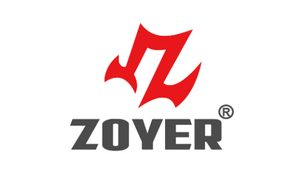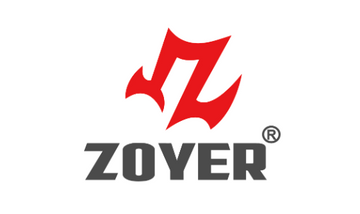Engaging your core is a fundamental aspect of physical fitness and overall well-being. The core muscles, which include the abdominals, obliques, lower back, and pelvic floor, provide stability, support, and power for almost every movement we make. Whether you're an athlete, a fitness enthusiast, or simply looking to improve your posture and prevent injury, understanding how to effectively engage your core is essential. Here's a guide to help you engage your core muscles properly:
-
Mind-Body Connection: Before engaging your core, it's important to establish a mind-body connection. Take a moment to focus your attention on your abdominal area. Visualize the muscles contracting and pulling inward. This mental preparation primes your body for the physical engagement.
-
Proper Posture: Good posture sets the foundation for core engagement. Stand tall with your shoulders back and down, chest lifted, and pelvis in a neutral position. Avoid overarching or rounding your lower back. Imagine a string pulling the crown of your head toward the ceiling to lengthen your spine.
-
Breathing Techniques: Coordinate your core engagement with your breath. Inhale deeply through your nose, allowing your abdomen to expand. As you exhale through your mouth, gently draw your navel toward your spine, engaging your transverse abdominis—the deep core muscle responsible for stability. Avoid holding your breath during exercises; instead, maintain a steady and controlled breathing pattern.
-
Bracing vs. Hollowing: Understand the difference between bracing and hollowing. Bracing involves contracting the entire core, including the abdominals, obliques, and lower back, to create a stable and supportive cylinder around the spine. Hollowing, on the other hand, primarily targets the transverse abdominis by pulling the belly button inward without engaging the other core muscles. Both techniques have their applications depending on the exercise and desired outcome.
-
Progressive Core Exercises: Start with foundational exercises that target the core muscles, such as planks, bird dogs, and bridges. Focus on quality over quantity, maintaining proper form throughout each movement. As you build strength and endurance, gradually progress to more challenging exercises and variations to continually challenge your core.
-
Functional Movements: Incorporate functional movements that mimic real-life activities into your workout routine. Activities like squats, lunges, and overhead presses engage the core muscles while improving overall strength and coordination. Pay attention to maintaining core stability and alignment during these movements.
-
Variety and Consistency: Keep your core workouts varied and interesting by incorporating a mix of exercises that target different aspects of core strength, stability, and flexibility. Consistency is key to seeing progress, so aim to include core exercises in your workout routine at least 2-3 times per week.
-
Listen to Your Body: Pay attention to how your body feels during core exercises. If you experience any pain or discomfort, modify the exercise or seek guidance from a qualified fitness professional. It's important to challenge yourself while also respecting your body's limits and avoiding injury.
Incorporating these principles into your fitness regimen will help you develop a strong, stable, and functional core. Remember that core strength is not just about aesthetics—it's about enhancing performance, preventing injury, and improving overall quality of life. So, engage your core mindfully and make it a priority in your fitness journey.


